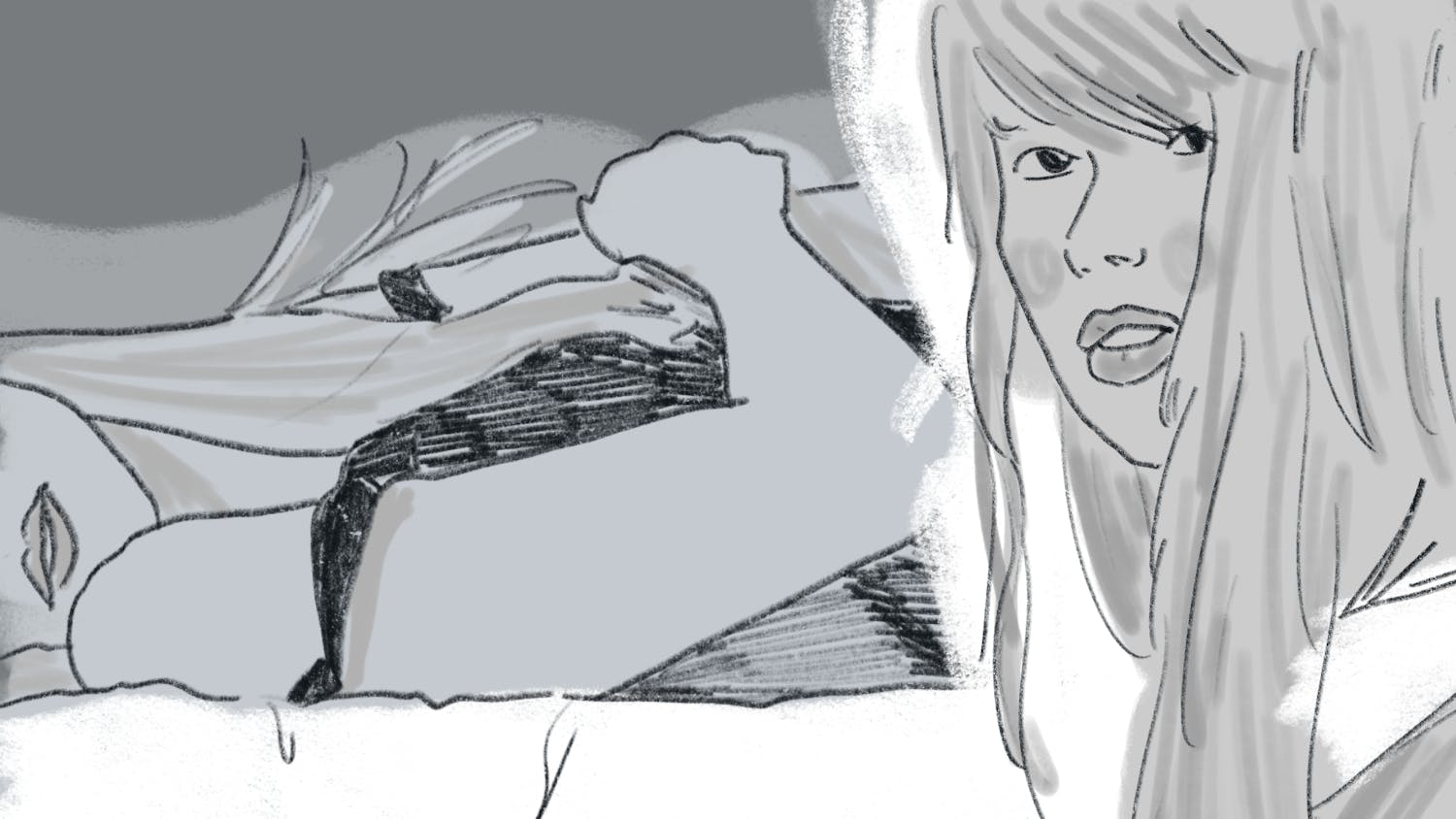Brazilian bossa nova singer Virginia Rodrigues performed at the Hopkins Center on Friday night. Although Dartmouth students were sparse, Spaulding Auditorium was still filled with fans from the Hanover area. Fernando Ausin '06, one of the few students who attended, found that the concert showcased a "variety that didn't apply to the Hanover audience," unlike last spring's "unbelievable" Fado concert, which was the previous Brazilian music event on campus.
The singer, who emerged on stage in a priestess-like orange gown, commanded the audience's attention from the start. Her physical gestures accented her performance. She maintained formal posture at the beginning of the concert and loosened up as the repertoire progressed, eventually pausing in her songs to dance across the stage, propelled by repeatedly rotating her body.
Although Rodrigues's rich, soulful sound was stunning in her first selections, it became a bit tiresome by the end of the program. Towards the end particularly, it was the energetic band accompanying her that kept the concert interesting.
Pedro Braga on guitar, Jose Canuto on sax and flute and Ronaldo Silva's percussion gave variety to the vocals they supported, separating the religious chants, the samba songs and the haunting lullabies. In Friday night's show, the ensemble drew from the bossa nova genre, which came to the American mainstream from 1960's Rio de Janero, as well as the indigenous music that inspires more modern Brazilian popular music, representing the confluence of cultures that makes Brazil so colorful a music locus.
As Rodrigues demonstrated with her rhythmic, tribal dances throughout the show, the concert also drew on predominant Afro-Brazilian cults Caondomble and Umbanda, referred to as "ecstatic religions" in the program. Often, her dancing elicited cat-calls and cheers from the crowd; one of the highlights of the show was when the vocalist and her drummer displayed a flirtatious competition between the drummer's hand-drum and Rodrigues' gyrating lower body.
The band represented a cultural mix in its combination of the European cello with the Latin rhythm of maracas, rattles and a variety of other percussion instruments. At times the African drum beats evoked sweeping landscapes, and seemed to befit a soundtrack of a National Geographic documentary on jungle wildlife.
Tom Villalon '06 seemed to have gotten this impression as well, commenting on the crowd's eagerness for something "exotic and different." "It's hard to appreciate Brazilian music if we aren't familiar with it," said Villalon. "And lacking this background, we're fascinated with the music because of its sheer exoticness -- and so its effect on us is colorful but fleeting."
The strength of the concert as a whole lay in its variety of tone. Juxtaposed with the engaging rhythmic songs highlighted by Rodrigues' African dancing, there existed somber, chilling moments when the depth of her voice conveyed a deep melancholy.
Most memorable among the instrumental contributions was that of the cellist and musical director Iura Ranevsky. During one piece, the vocalist and cellist made a beautiful conversation out of their separate isolated solos. Rodrigues produced wordless intonations that spanned her musical register, allowing the listener to consider her vocals as merely another instrument in the ensemble and not the diva at the center of the performance.
The ensemble tried to balance its repertoire between the tribal, religious chants of Afro-Brazilian, slave heritage and the more modern, Latin dance selections like "La Parreta" which they performed both during the show and as an encore. Interestingly, they deliberately avoided the bossa nova song best-known by Americans, "The Girl from Ipanima." The guitarist Pedro Barga teased the crowd with the opening bars during a jam session at the end of one song, but continued to improvise without delivering the full song.
This pointed sidestep was perhaps indicative of the group's intent to expose the audience to less popular and more varied impressions of Afro-Brazilian musical culture. After a long instrumental conclusion to Rodrigues' last song, the singer slowly twirled offstage. The crowd responded with a standing ovation and loud cheers, clapping to the beat of the band that carried on without their vocalist until Rodrigues reemerged for an encore. The concert all in all seemed to satisfy the audience's rather smug curiosity of "different."



